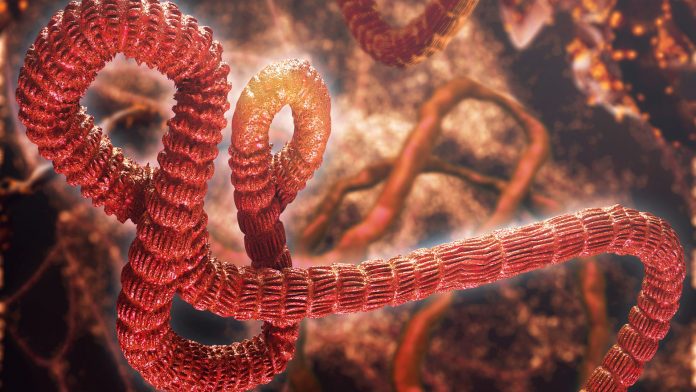
A scientific research consortium called Prometheus is employing the same framework used to develop COVID-19 vaccines to tackle Crimean-Congo haemorrhagic fever.
Crimean-Congo haemorrhagic fever (CCHF) is a devastating tick-borne virus that causes death in around 40% of cases, with the World Health Organization (WHO) recently placing it as one of its top priorities for research and development. Now, a collaborative effort from international researchers appears to have made a breakthrough, utilising the same techniques used for developing COVID-19 and respiratory syncytial virus (RSV) vaccines to tackle CCHF.
Crimean-Congo haemorrhagic fever is commonly transmitted by ticks, with disease experts warning that the threat of the virus could grow due to the tick responsible for its dissemination becoming more prominent because of climate change and other factors.
Prometheus is directed by Kartik Chandran, professor of microbiology and immunology at the Albert Einstein School of Medicine, and consists of a plethora of academic labs, biotech companies, and the US Army Medical Research Institute of Infectious Diseases.
The team conducted a method known as structural virology to reconstruct the first 3D atomic-scale maps, or structures, of infection, creating part of the virus that allows it to infect cells. In addition, the researchers identified how two neutralising antibodies could mitigate the ability of the virus to infect a cell.
Jason McLellan, a professor of molecular biosciences at the University of Texas at Austin and a co-corresponding author on the study, said: “Crimean-Congo haemorrhagic fever is a terrible disease and is endemic in Africa, Asia and Europe, without any approved vaccines or antibody therapies to date. With structural virology, we’re finding out the secrets of these proteins on the surface of viruses and their vulnerabilities—and that helps us to build better therapeutics and vaccines.”
Exploring antibodies
The Prometheus team identified two antibodies from recovered Crimean-Congo haemorrhagic fever patients that potentially neutralise the virus. Next, they combined the virus-binding regions of the two antibodies to create a ‘bispecific antibody’ that cured infections in sick mice models and protected uninfected mice from Crimean-Congo haemorrhagic fever.
Akaash Mishra, a University of Texas at Austin graduate student in McLellan’s lab and first author of the paper, commented: “Let’s say a researcher, health care worker or a military person from the US needs to visit the Middle East or Africa. Before they go, they could get a prophylactic shot with one of these antibodies to protect against infection. This is called passive immunisation and would protect them for several weeks to months.”
Tackling Crimean-Congo haemorrhagic fever
The novel bispecific antibody could help patients recover who are already infected with Crimean-Congo haemorrhagic fever, prevent mortality, and help develop a future vaccine against the virus. Crimean-Congo haemorrhagic fever relies on a shape-shifting molecule on its surface – the Gc protein – to fuse with host cells. To prevent the virus from infecting a cell, a therapeutic agent needs to target the pre-fusion shape of the protein. McLellan’s lab used X-ray crystallography to ascertain the structure of the pre-fusion Gc protein bound to neutralising antibodies from recovered patients, with the post-fusion shape being determined by a team at Institut Pasteur.
Analysis of the pre-fusion and post-fusion shapes enabled the scientists to determine that one antibody prevents the Gc protein from transforming into the post-fusion shape, and the other stops it from inserting into the membrane of the host cell. This explains why the combination of the antibodies is effective at blocking the virus from infecting cells.
By combining this groundbreaking information, the team believes their discoveries can help develop therapeutics against Crimean-Congo haemorrhagic fever. Additionally, they are confident that structural virology can be employed to tackle future pandemics and reduce infectious diseases and are looking to conduct their study inhuman trials.
























